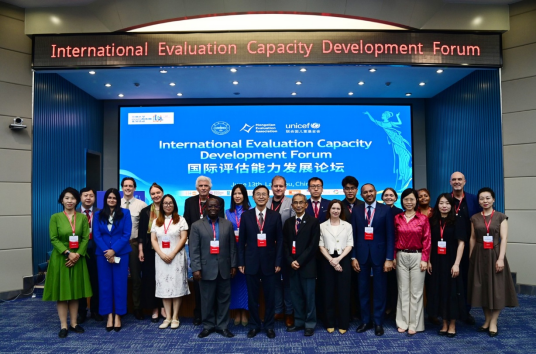With so many COVID-19 models being developed, how do policymakers know which ones to use? A new process to harness multiple disease models for outbreak management has been developed by an international team of researchers. The team describes the process in a paper appearing May 8 in the journal Science and was awarded a Grant for Rapid Response Research (RAPID) from the National Science Foundation to immediately implement the process to help inform policy decisions for the COVID-19 outbreak.
During a disease outbreak, many research groups independently generate models, for example projecting how the disease will spread, which groups will be impacted most severely, or how implementing a particular management action might affect these dynamics. These models help inform public health policy for managing the outbreak.
At the onset of an outbreak, particularly for a new disease, a large amount of information is often unavailable or unknown, and researchers must make decisions about how to incorporate this uncertainty into their models, leading to differing projections. For the COVID-19 outbreak, for example, uncertainty is present in a wide range of areas, from infection rate to details of transmission to the capacity of health care systems. The designers of each model bring their own perspective and approach to address these uncertainties.

Figure: Multiple Model Evaluation Process
In the three-part process, multiple research groups first create models for specified management scenarios, for example, addressing how caseload would be affected if social isolation measures were lifted this summer, or how the duration of the outbreak would change if students return to school in the fall. The research groups work independently during this step to encourage a wide range of ideas without prematurely conforming to a certain way of thinking. Then, the modeling groups formally discuss their models with each other--an important addition to previous multiple model methods--which allows them to examine why their models might disagree. Finally, the groups work independently again to refine their models, based on the insights from the discussion and comparison stage.
After group discussion and individual model refinement, the models are combined into an overall projection for each management strategy, which can be used to help guide risk analysis and policy deliberation. At this stage, methods from the field of decision analysis can allow the decision maker, for example a public health agency, to understand the merits of different management options in the face of the existing uncertainty.
Additionally, the combined results can help identify which uncertainty--what pieces of missing information--are most critical to learn about in order to improve models and thus improve decision making, providing a way to prioritize research directions.
Even after initial decisions are made, the process can continue as new information about the outbreak and management becomes available. This "adaptive management" strategy can allow researchers to refine their models and make new predictions as the outbreak progresses. For COVID-19, this process might inform how and when isolation and travel bans are lifted, and if these or other measures might be necessary again in the future.
The research team plans to implement this process immediately for COVID-19. By taking advantage of the many research groups already producing models for the current outbreak, the strategy should be easy to implement while producing more robust results from the existing process.
In addition to Shea and Runge, the research team includes Katriona Shea at Penn State, Michael Runge at the U.S. Geological Survey's Patuxent Wildlife Research Center, David Pannell at the University of Western Australia, William Probert at the University of Oxford in the United Kingdom, Shouli Li at Lanzhou University in China, Michael Tildesley at the University of Warwick in the United Kingdom, and Matthew Ferrari at Penn State.
Paper information:
Katriona Shea, Michael C. Runge, David Pannell, William J. M. Probert, Shou-Li Li, Michael Tildesley, Matthew Ferrari. Harnessing multiple models for outbreak management. Science, 2020: 368, 577-579. http://doi.org/10.1126/science.abb9934
Source: The Pennsylvania State University




